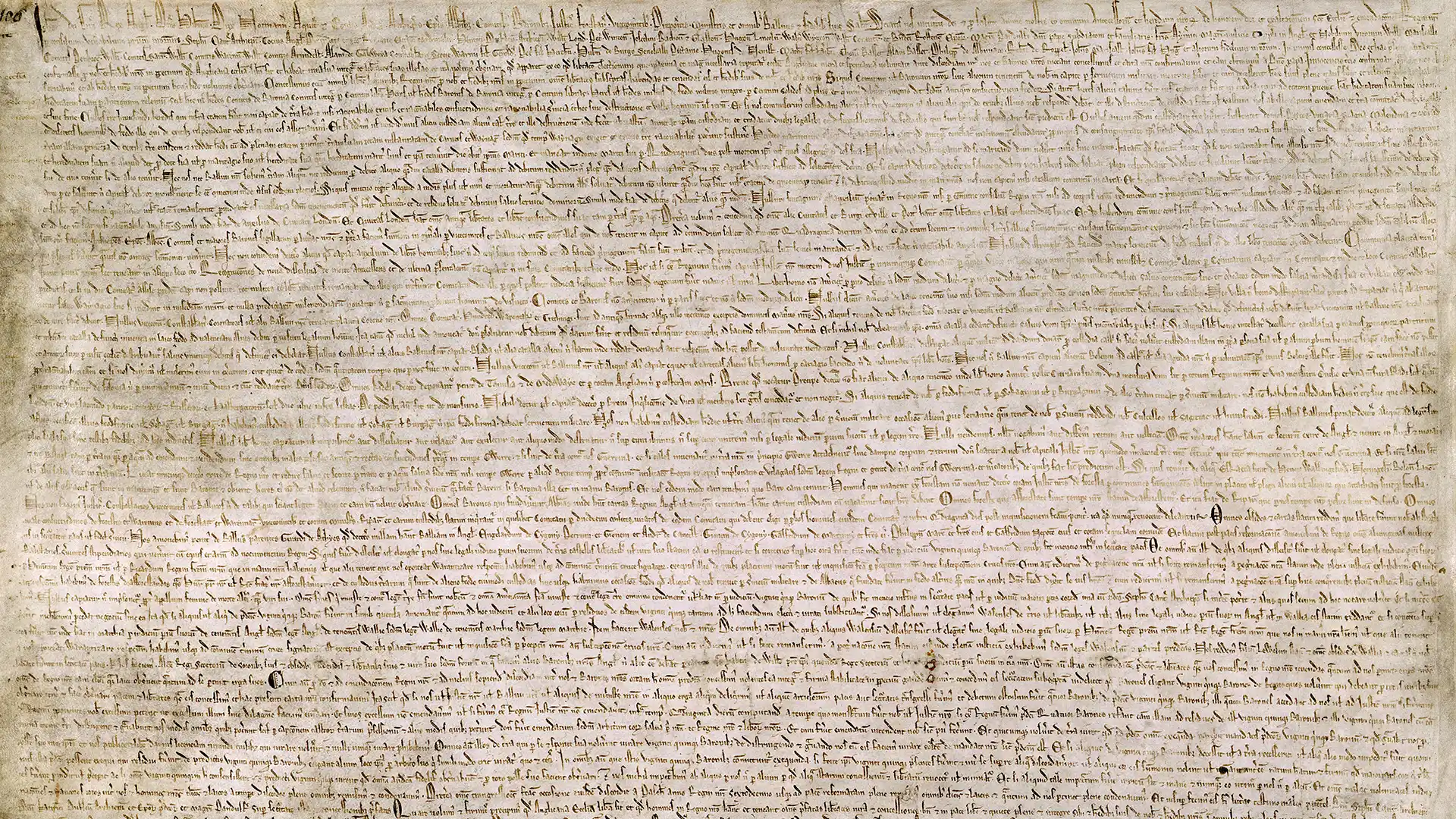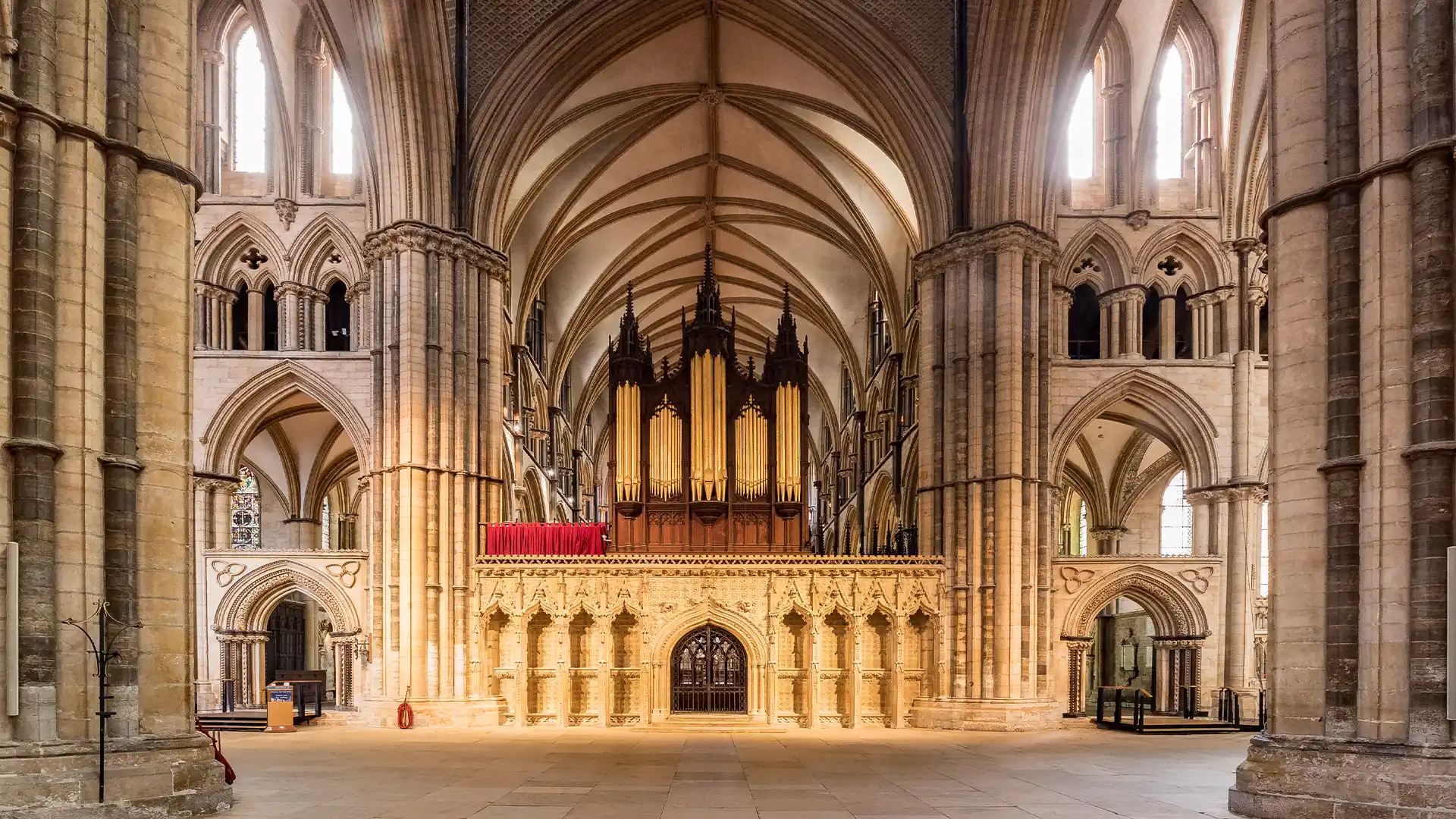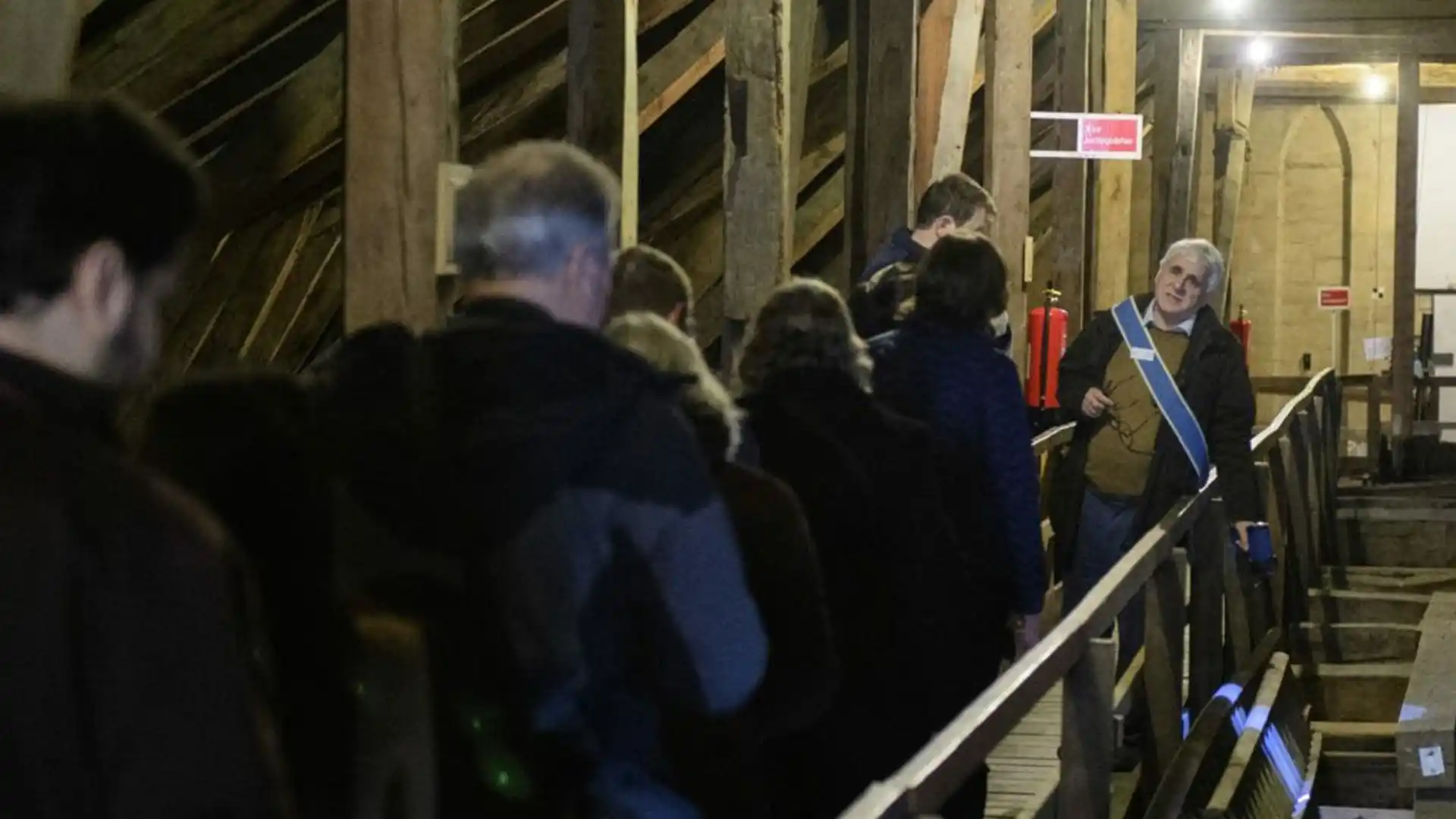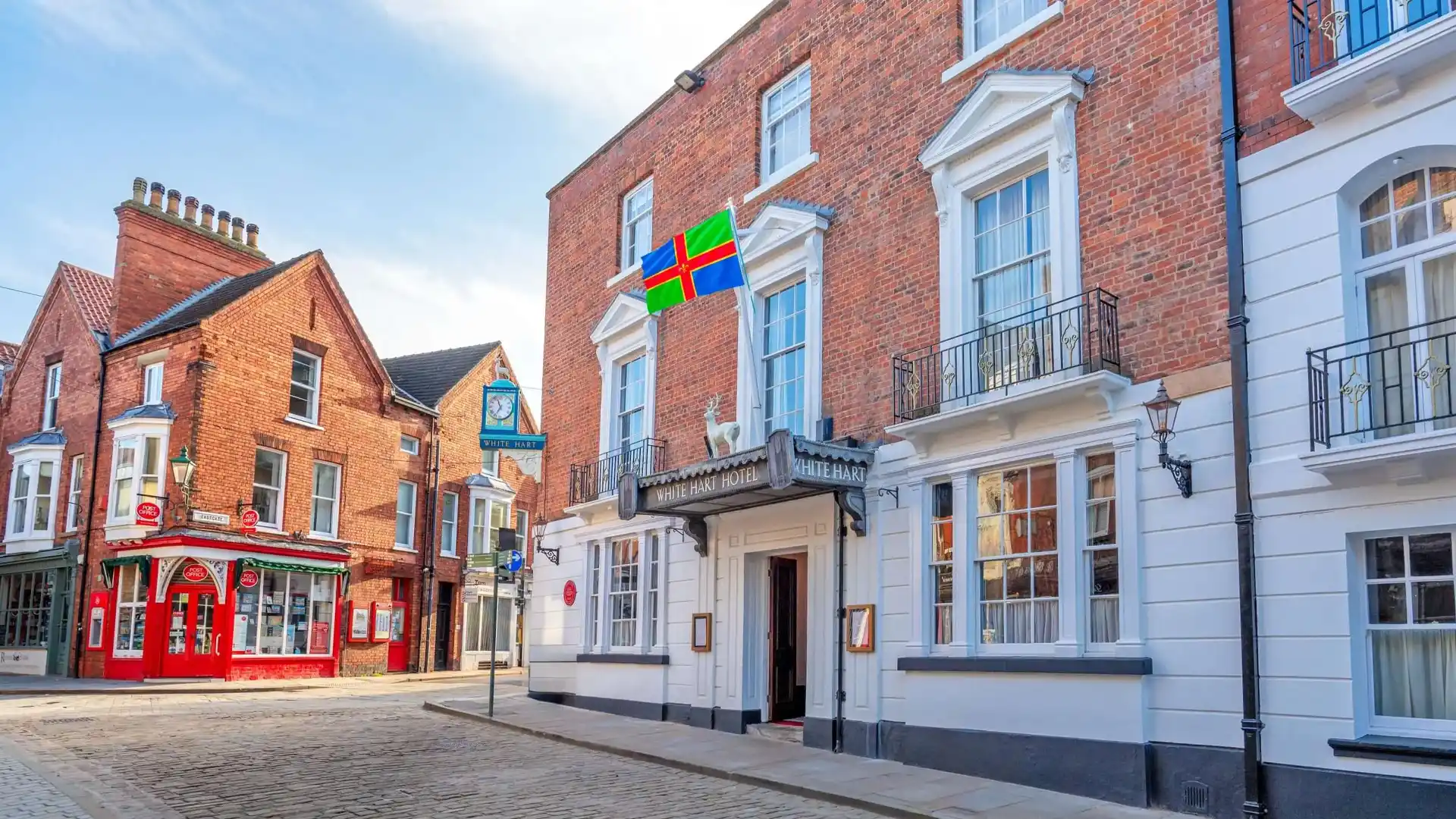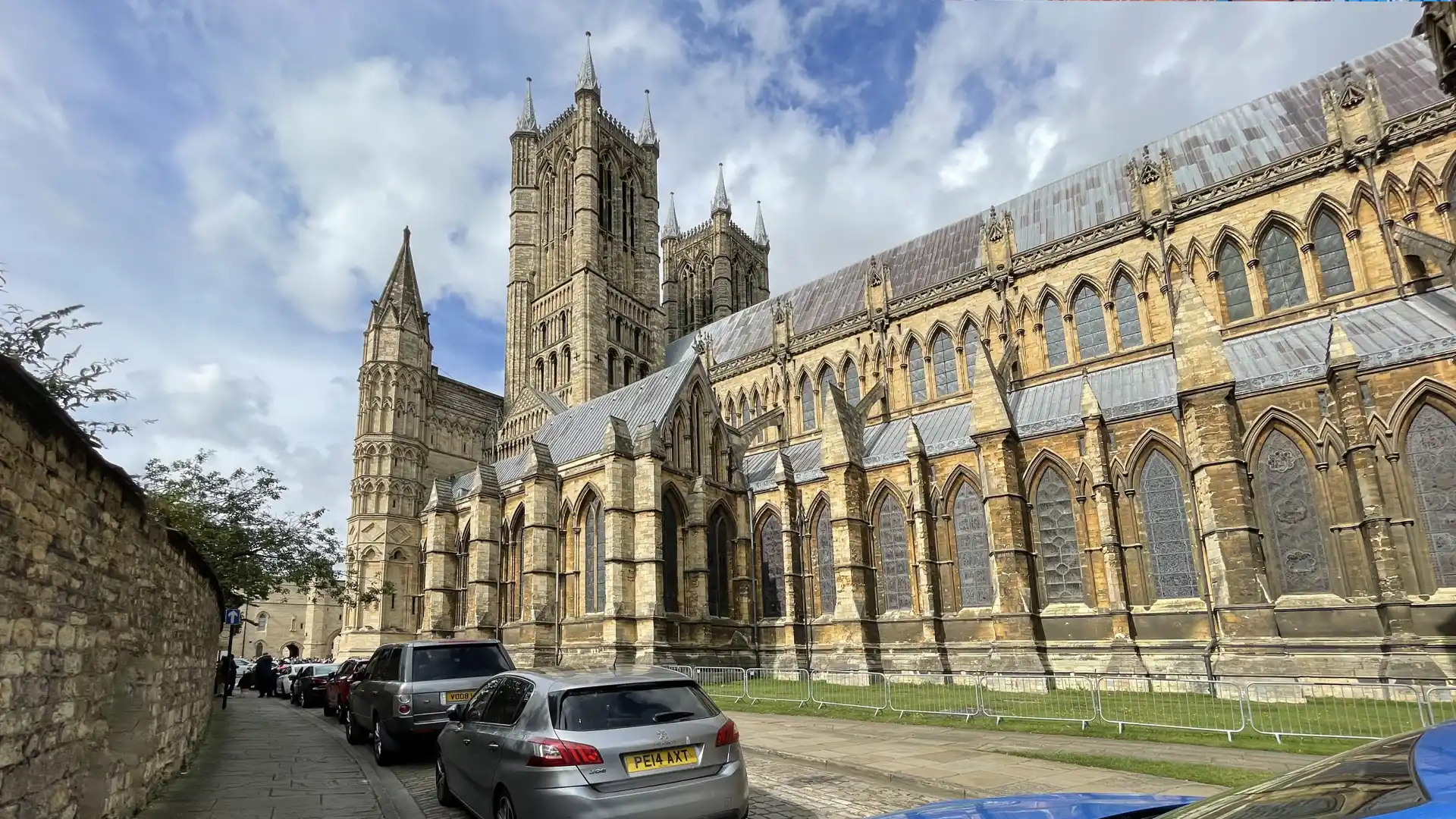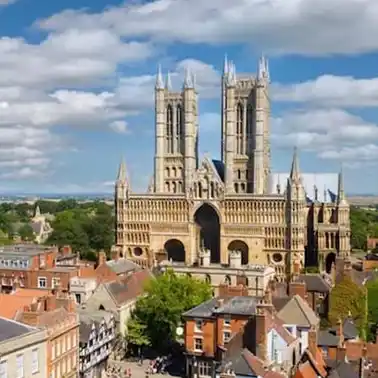Magna Carta is one of the most famous and influential documents, not only in Lincoln, but in English history. It was created during a period of civil war, in which many English barons had risen up in rebellion against the tyrannical rule of King John. It was an attempt by them to curb his excesses and redress the balance of power between them and their monarch.
What is Magna Carta?
Magna Carta, Latin for ‘Great Charter’, is a 3,500 word document containing 63 clauses which curtailed the power of the English monarch.
It was the first official charter to try to prevent the monarch from exploiting and abusing royal power.
Magna Carta did this by:
- establishing the freedom of the Church
- protecting free men from the arbitrary demands of their monarch
- allowing that certain taxes could only be raised with the barons’ consent
- re-establishing feudal rites
For more general information about Magna Carta, click here.
Where was Magna Carta signed?
In medieval times, documents were authenticated by seal rather than by signature as very few people could actually write (hence the saying ‘being given the seal of approval’).
On 15th June 1215, King John and the rebellious barons met on neutral territory at Runnymede near Windsor. King John had realised that, in order to save his throne, he would have to come to some sort of truce with the barons.
During the meeting at Runnnymede, a series of agreements were made that would curb the abuses of royal power that John had so ruthlessly carried out. They would also restore many feudal rites back to the barons, in return for their loyalty and support. King John and the barons swore oaths to abide by these agreements.
Later that year, the agreements were copied out in full by scholars at the Royal Chancery in London; this 3,500 word document, written in Latin, is what is known as Magna Carta. Over forty copies of the document were made and sent out to officials across England. However, only four remain in existence today – one at Lincoln Castle, one at Salisbury Cathedral and two at the British Library in London.
The King’s Great Seal was stamped on each copy, making it an official document. Hugh of Wells, Bishop of Lincoln, was present at Runnymede and it is he who returned with the Lincoln copy of Magna Carta.
Did King John abide by Magna Carta?
No he did not!
King John had no intention of relinquishing many of the royal powers he had agreed to surrender at Runnymede. He appealed to Pope Innocent III to nullify Magna Carta, explaining that he had been forced to agree to it under duress. The Pope duly nullified Magna Carta, which resulted in more bloodshed as civil war broke out again.
After the death of King John the following year, many of the rebellious barons gave their support to the new king, Henry III, and a period of relative calm followed.
Why is Magna Carta so important?
Magna Carta is the foundation upon which many national constitutions around the world, including that of the USA, have been based.
Its importance has been recognised by UNESCO, who, in 2009, included it in the UNESCO Memory of the World register.
Some of the 63 clauses are still enshrined in UK law today. They include:
- the freedom of the Church of England
- the confirmation of liberties and privileges for the city of London and other towns
- widows should not be forced to remarry without their consent
Perhaps the most famous clause of all, which has become both the driving principle of British justice and the basis of the US Constitution:
- ‘No freeman shall be arrested or imprisoned or deprived of his freehold or outlawed or banished or in any way ruined…except by the lawful judgement of his equals and according to the law of the land. To no one will we sell, to no one will we refuse or delay, right or justice.’
The Lincoln copy of Magna Carta was stored at Fort Knox during World War II and returned to Lincoln after the war.
There are numerous books available if you’re interested in finding out more about Magna Carta, for example…

